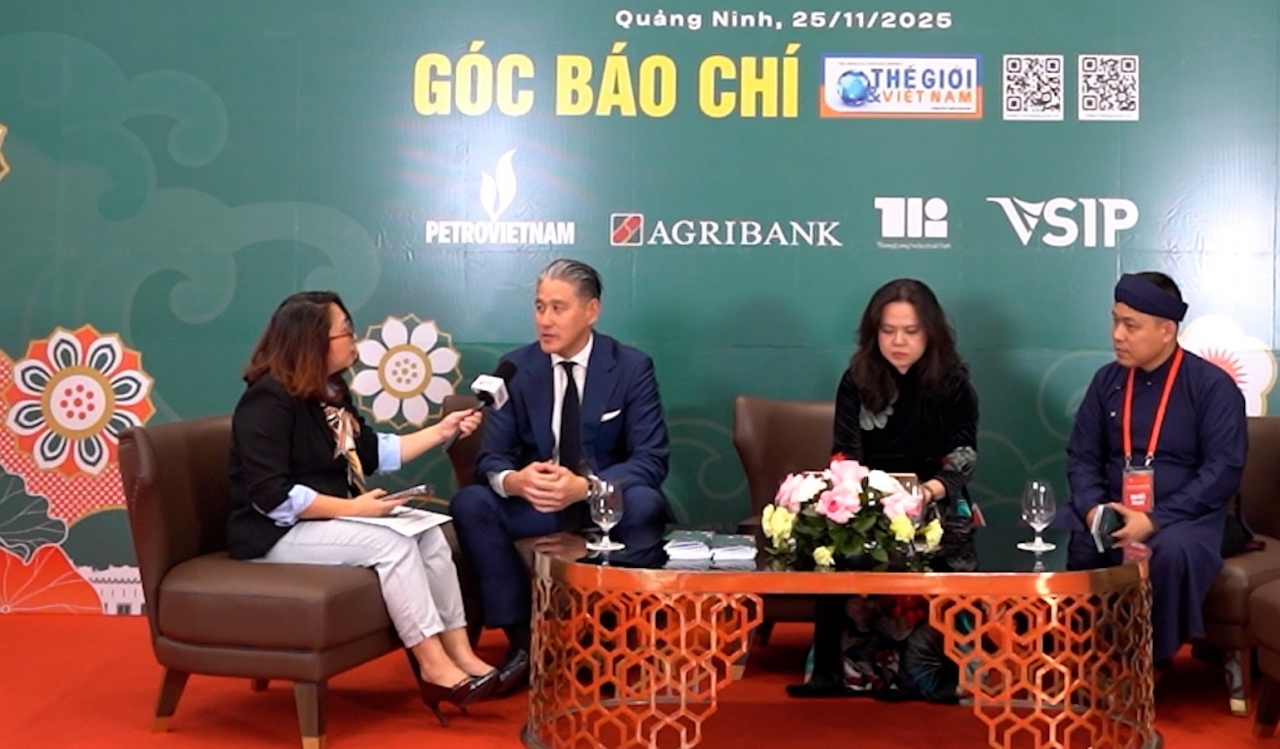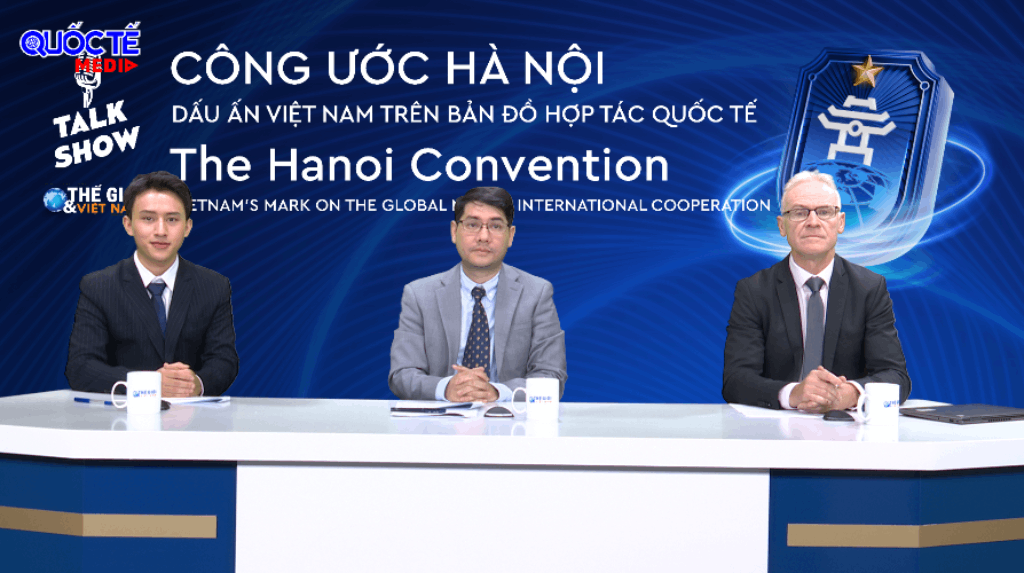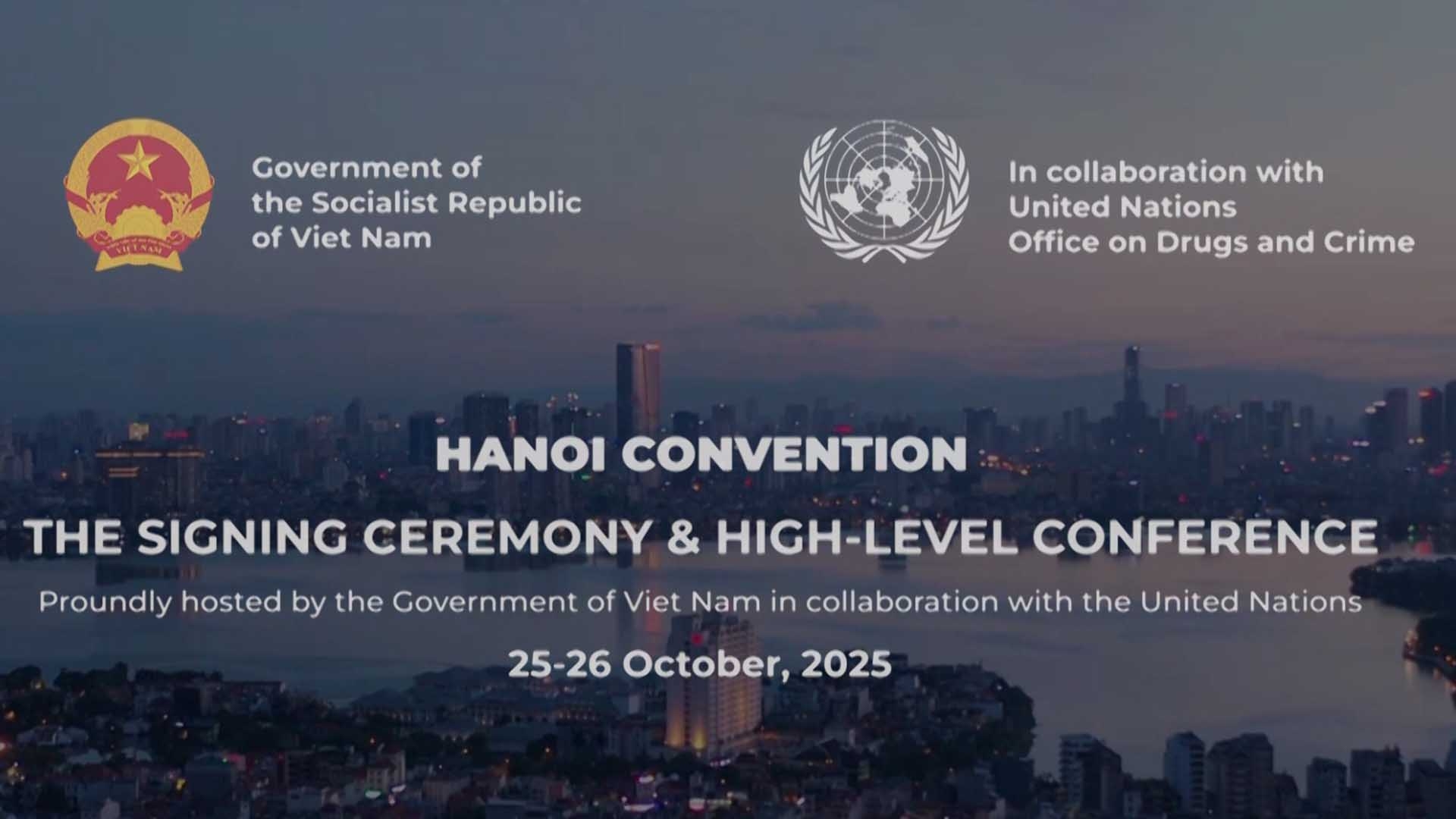
VIMC: Strategic vision and aspiration to reach out to the sea
Latest
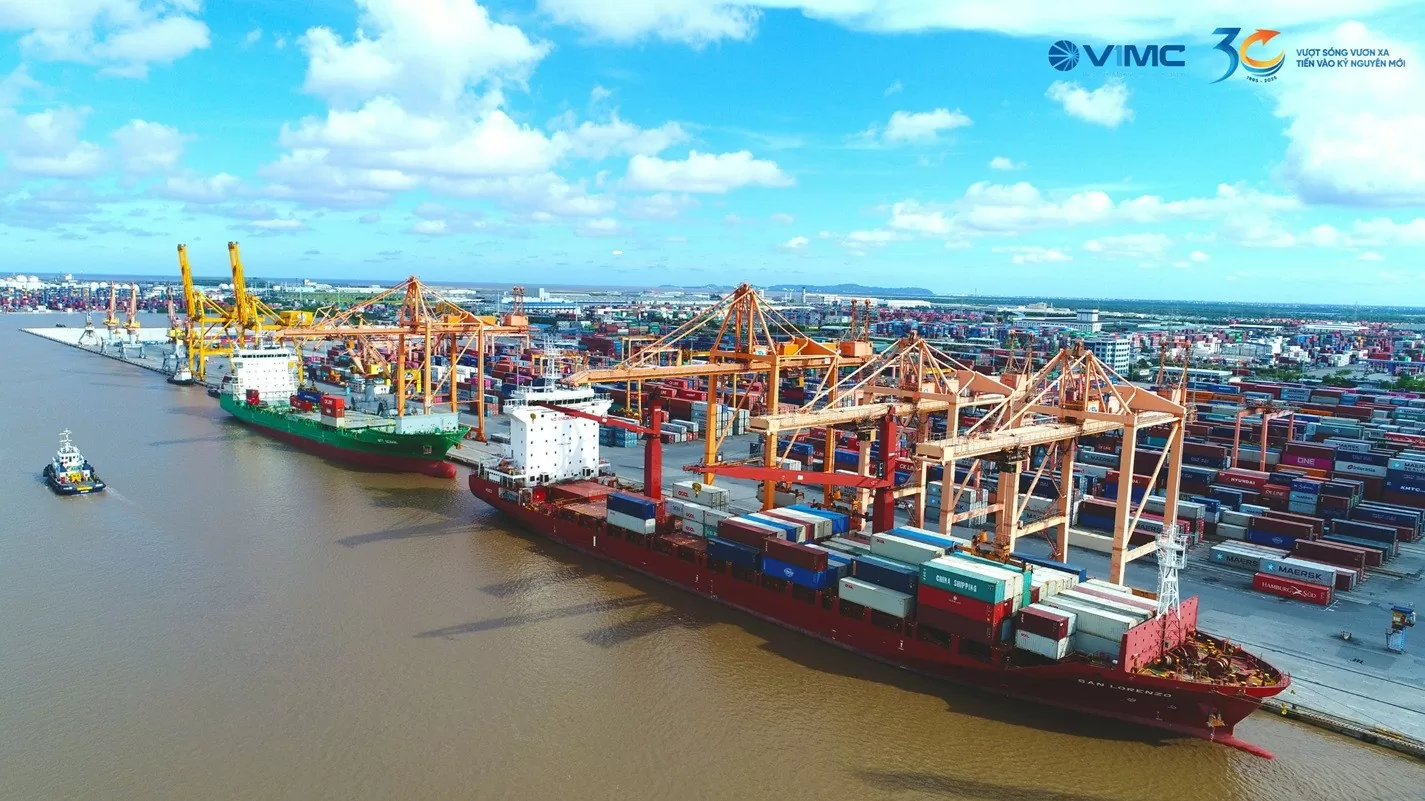 |
| Hai Phong Port. (Photo: VIMC) |
With the rapid development of the marine transport industry, VIMC focuses on improving seaport infrastructure and promotes fleet development and international cooperation. These efforts not only help remove current bottlenecks but also lay the foundation for the sustainable development of the Vietnamese maritime industry.
Large ships need large channels; dredging activities are the bottleneck
The continuous increase in the size of seagoing vessels and cargo volume has put tremendous pressure on Vietnam's maritime infrastructure system. The volume of goods passing through Vietnamese seaports has reached 30 million TEUs, far exceeding the forecast 10 years ago. Meanwhile, Singapore - the region's largest transit port - handles about 37 million TEUs, meaning the correlation between the two areas is no longer too different. With the current growth rate, VIMC leaders believe Vietnam can surpass Singapore shortly. The international maritime map will have a permanent turning point if this becomes a reality. Vietnamese seaports will be significant in the world's major shipping routes.
However, the biggest challenge at present lies in the issue of dredging channels. According to information from the Vietnam Maritime Administration, dredging projects need to be implemented quickly to meet the requirements of large ships. This is a significant activity to ensure maritime safety, clear the flow, help ensure the depth of the channel, and facilitate the movement of vessels. However, the budget for this activity is still limited and has not received due attention.
At the same time, ports must also apply the “open port” model, integrating customs systems to reduce customs clearance time, facilitate inter-port transport and increase competitiveness.
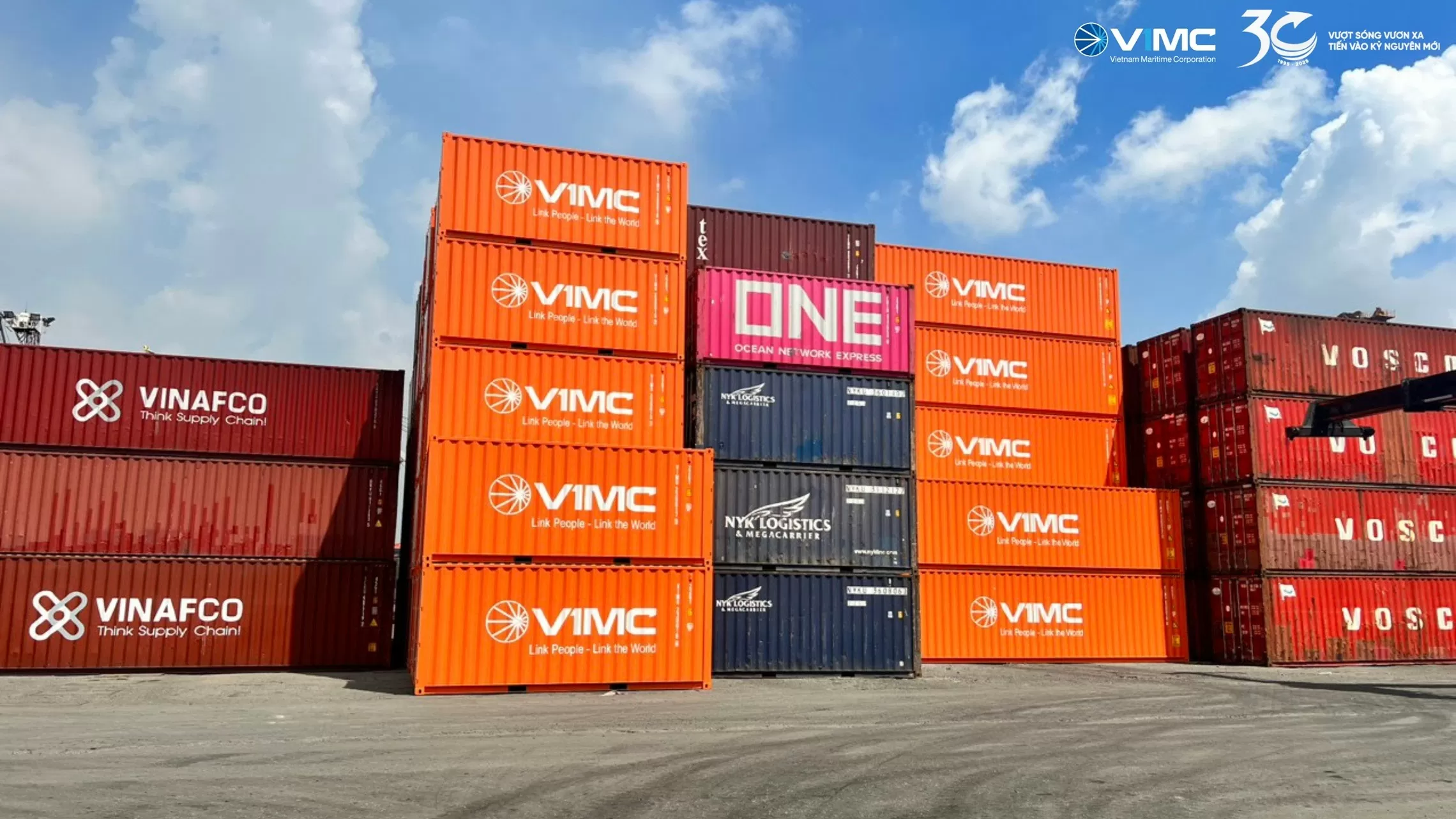 |
| Container VIMC. (Photo: VIMC) |
VIMC has focused its most extensive resources on strategic deep-water port projects to address these bottlenecks. A typical example is the Can Gio international transit port project, which is expected to become a new symbol of Vietnam's maritime industry. With its strategic location, Can Gio Port shortens the transportation process, significantly reduces logistics costs for domestic goods and opens up great opportunities for Vietnam to participate more deeply in the global supply chain.
VIMC General Director Nguyen Canh Tinh shared: “We are looking forward to the Prime Minister approving this project and requesting Ho Chi Minh City to complete the procedures for selecting investors soon. This will be important in elevating Vietnam's maritime industry, competing equally with major seaports worldwide".
When put into operation, Can Gio port and the Cai Mep-Thi Vai port cluster will become a port complex that helps improve the competitiveness of Vietnam's maritime industry, re-routing the region's current and future naval map as Inner Asia.
Not only that, this port cluster also helps Vietnamese goods reduce their dependence on transit through Singapore, creating direct international shipping routes from Vietnam and significantly increasing the competitiveness of domestic goods in the global market.
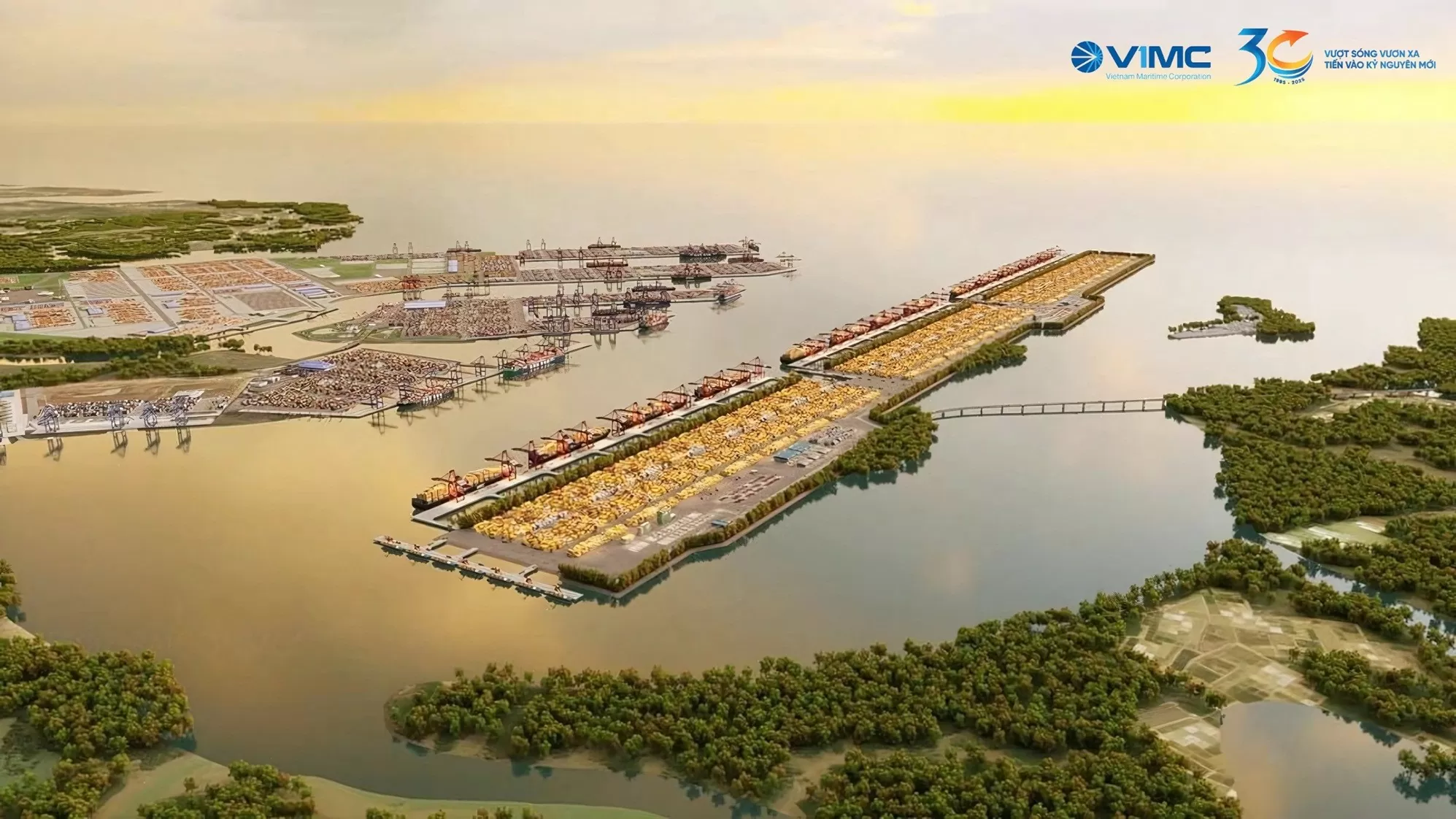 |
| Can Gio port a super project? (Nguồn: VIMC) |
Fleet development strategy and international cooperation
In parallel with upgrading seaport infrastructure, VIMC aims to rapidly develop the national fleet by cooperating with the world's most significant shipping lines.
This way, VIMC can take advantage of its partners' existing customer base and market, rapidly expand its transportation network, and enhance its competitiveness. International cooperation helps Vietnam access advanced transportation technology and ensures efficiency in transportation operations. This strategy has a simplified solution to handle practical problems quickly.
Mr. Tinh further emphasized: “We aim to develop a strong fleet to meet domestic freight transport needs and serve international routes. This is important in bringing Vietnamese goods directly to the world without transiting through other countries".
In the past year, VIMC has achieved remarkable achievements, including port cargo volume reaching 145 million tons, up 27% compared to 2023, and maritime transport volume reaching 20 million tons and exceeding the plan by 22%. However, VIMC emphasized that this is just the beginning of bigger plans for the future.
“We will not stop at the current numbers. With support from the Government and ministries, VIMC will continue implementing breakthrough projects to realize the goal of bringing Vietnam's maritime industry to the regional level", Mr. Tinh said.
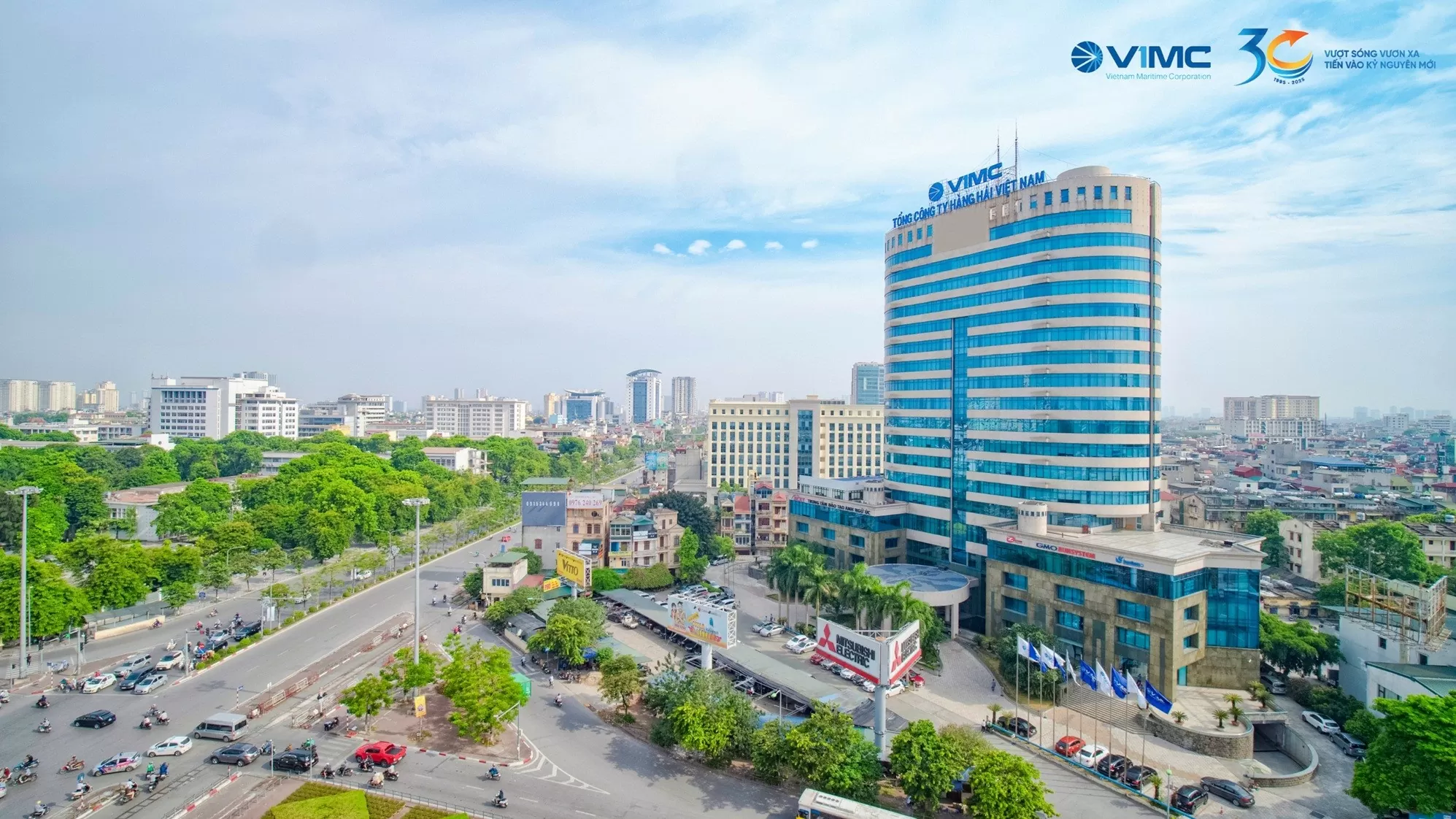 |
| VIMC Building. (Nguồn: VIMC) |
Aspiration to elevate the position of Vietnam's maritime industry
Not only does VIMC focus on economic goals, but it also actively aims to contribute to Vietnam's overall development. Deep-water port projects create jobs and promote supporting industries' development, improving people's quality of life.
With a strategic vision and high determination, VIMC continues to write the development story of Vietnam's maritime industry, turning aspirations into reality and affirming Vietnam's position on the world maritime map.
“To realize this strategy, we need strong support from the Government and ministries. In particular, policies and mechanisms to encourage the development of large enterprises, such as strong decentralization to representatives of equity capital and giving autonomy to enterprises, are prerequisites for Vietnamese corporations to reach the big sea. We believe that, with the support of the Government and ministries, VIMC will achieve its business goals and contribute to raising Vietnam's position in the global value chain", Mr. Nguyen Canh Tinh shared.




